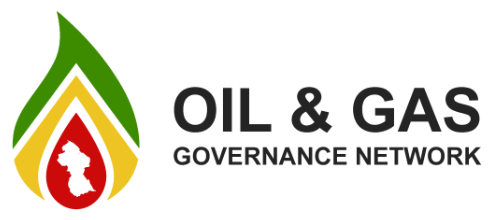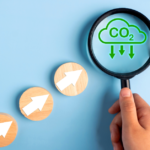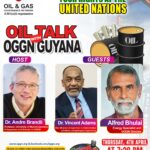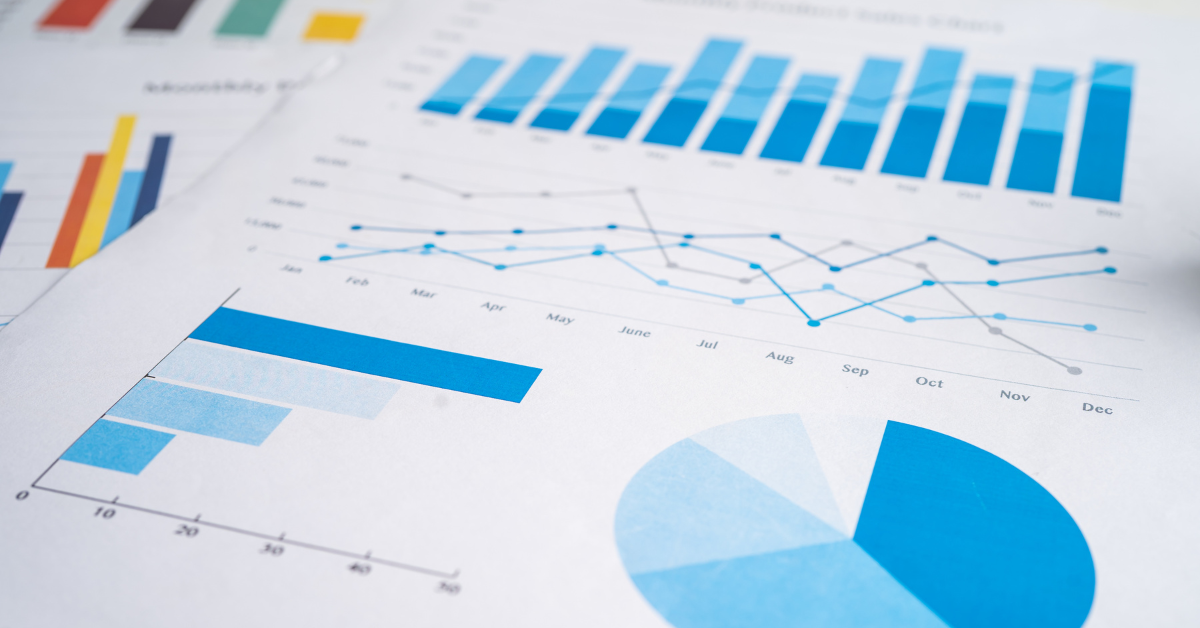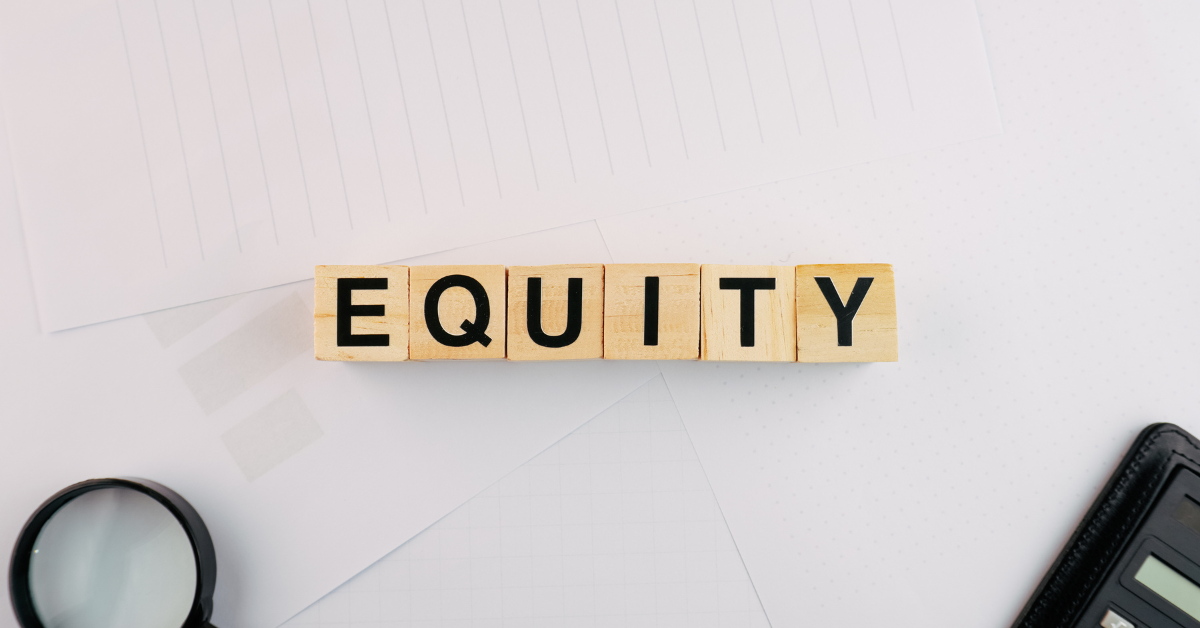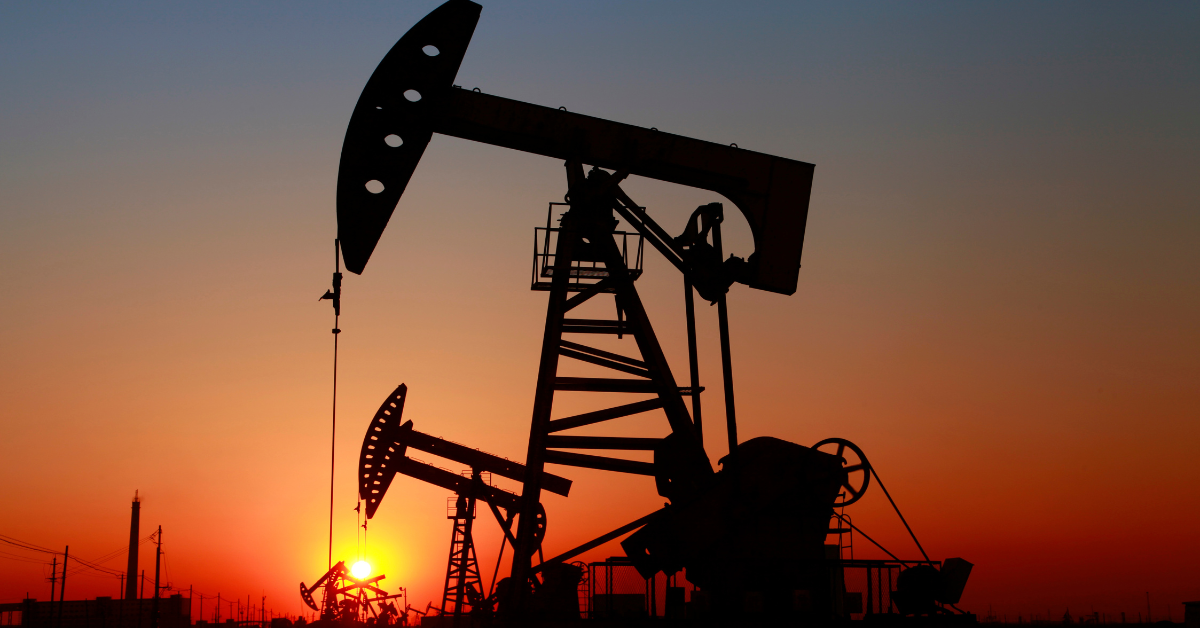It was reported that Former President, Mr. Jagdeo, stated that the reports on royalty payments by Attorney at Law and Chartered Accountant, Mr. Christopher Ram, and Dr. C. Kenrick Hunte, Professor and Former Ambassador, were wrong and that the Government has collected the correct amount of royalty from ExxonMobil Guyana Limited (EMGL).
In response to these assertions, it would be useful if Mr. Jagdeo can publish the monthly oil extraction and consumption data, along with the financial records of Exxon, Hess and CNOOC, in keeping with accountability and transparency. With these publications, the Guyanese people will receive a complete and accurate understanding of how much royalty and profits they are entitled to receive, based on the barrels of oil that have been extracted and sold. Mr. Ram in his analysis used published financial data from the companies (Exxon, Hess and CNOOC), while my analysis used the data (barrels of oil sold and oil sales) published by the Bank of Guyana Annual Report 2022, table VII, page 21 (https://bankofguyana.org.gy/bog/images/research/Reports/ANNREP2022.pdf). The financial inflows of profit oil and royalty, as recorded in the NRF,(https://bankofguyana.org.gy/bog/publications/natural-resource-fund/quarterly-reports) should be reconciled with the other published data to establish full concurrence. This necessary reconciliation is the job of the technical people in the various Government Departments, and is beyond the remit of the politicians.
According to the Production Sharing Agreement (PSA), the Total Revenue (100%) from oil sales must be distributed as follows: Royalty = 2% of Total Revenue (PSA, Article 15.6; confirmed by the Guyana Revenue Authorityhttps://www.stabroeknews.com/2022/06/25/news/guyana/gra-says-royalty-adds-to-guyanas-oil-take/); Cost Recovery = 75% of Total Revenue (PSA, Article 11.2); and Profit = 25% of Total Revenue (PSA, Article 11.4). Adding these numbers (2%+75%+25%) yield 102%, which is a glaring mathematical inconsistency, since you cannot share what you do not have, given that you cannot extract 102% from 100%. In correcting this mathematical inconsistency, it was reported that EMGL smilingly gave 2% of its profit to Guyana; and from this, we the Guyanese people were expected to believe the false and misleading ExxonMobil Billboard which proclaimed that, ’Guyana receives 52% of all profits from Stabroek Block- 50 % profit share plus 2% royalty’. With Dr. Vincent Adams calling out this misleading information, Mr. Jagdeo belatedly confirmed that EMGL was wrong, and Dr. Adams was right (https://www.kaieteurnewsonline.com/2024/03/08/exxons-52-billboard-misleading-jagdeo-finally-admits/). Given this troubling situation, I contend that this would have been the appropriate time for Mr. Jagdeo to publish the correct financial data on royalties and profits that Guyana received, as well as the extracted amount of oil, and the quantity of the free consumption of gas and oil in the extraction process. Mr. Jagdeo needs to step up and provide the hidden information.
Editor, you may recall that the Auditor, Ramdihal, Haynes, Vitality Consulting, and Eclisar Financial & Professional (RHVE), had requested production information and it was denied. Also, the same auditing firm had claimed that around US$100m in expenses by ExxonMobil and partners were disputed (https://www.stabroeknews.com/2023/10/15/news/guyana/around-us100m-of-oil-expenses-disputed-in-us7-3b-audit/). This unresolved matter would generate a qualified auditor’s report on what is recorded as expenses and profits. Working on behalf of the Guyanese people, Mr. Jagdeo should therefore get ExxonMobil to resolve this problem. More particularly, Guyanese need timely and accurate financial and oil extraction information; and in this regard, meters and systems must be deployed to measure the extraction of oil and gas as well as monitor the impact on the environment. Incidentally, fishermen may have been negatively affected as their quantities of harvested fish and shrimp may have declined; and this is a cost that must be added to the economic evaluation of the project.
In addressing the mathematical inconsistency, it was stated that ExxonMobil will give to Guyana 2% of its profits to cover the royalty payment. This calculation and measurement must be carefully checked, as 2 % of profits is less than 2 % of total revenue. Also, transferring 2 % of its profit will result in Exxon and partners only receiving 10.5 % that must be split into 3 parts: 45% for Exxon, 30% Hess, and 25% CNOOC. Therefore, this three-part distribution yields for Exxon 45% of 10.5% or 4.73%; Hess 30% of 10.5% or3.15%; and CNOOC 25% of 10.5% or 2.63%. Now, is this the financially viable multi-billion-dollar investment that yields meager returns from a ‘Guyana oil-rush’? Is this the poor investment in which Chevron is so eager to obtain a piece of the action and is willing to invest US$53.0 Billion for a 30% share of 10.5% profit? Can this be true?
Answers to these questions and more can be gleaned from a report prepared by Open Oil in 2019 and updated in 2020 (https://nextcloud.a193.ca/s/jFRwL82RK5yfSR2). This report is a must read for all Guyanese who want to know why the ‘oil rush’ in Guyana is on! A key finding of the report (page 10) is that when the price of a barrel of oil is US$65.00, ‘…the financial model shows an Internal Rate of Return (IRR) to the project of 22% in real terms after tax, under the current fiscal regime, over the life of the project,… (and)…This (IRR) is well above the so-called “hurdle rate” often employed by the oil industry of a 15% rate of return in nominal terms…’ In fact, another calculation shows an even higher IRR between 34%-35% (Page 11). Interestingly, with oil prices averaging around US$80.00 per barrel, some US$15.00 above the US$65.00 price in the study, it is obvious that the IRR could be much higher. In conclusion, the timely access to full information is required, and above all, a place of fairness and equity must be established. Step-up to the higher ground!
Sincerely,
Dr. Kenrick Hunte
Professor and Former Ambassador
Article Originally Published At: https://www.kaieteurnewsonline.com/2024/03/19/jagdeo-should-publish-the-monthly-oil-extraction-and-consumption-data/
